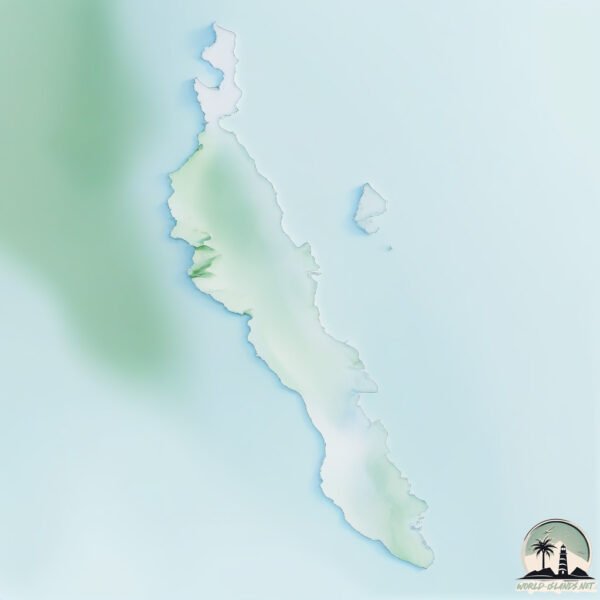Piney

Welcome to Piney, a Temperate island in the Gulf of Mexico, part of the majestic Atlantic Ocean. This guide offers a comprehensive overview of what makes Piney unique – from its geography and climate to its population, infrastructure, and beyond. Dive into the details:
- Geography and Size: Explore the island’s size and location.
- Climate and Weather: Weather patterns and temperature.
- Topography and Nature: Uncover the natural wonders of the island.
- Infrastructure and Travelling: Insights on reaching, staying, and making the most of your visit.
- News and Headlines: Latest News.
Geography and size of Piney
Size: 4.526 km²
Coastline: 27.5 km
Ocean: Atlantic Ocean
Sea: Gulf of Mexico
Continent: North America
Piney is a Small Island spanning 4.5 km² with a coastline of 27.5 km.
Archipel: –
Tectonic Plate: North America – Covers North America and parts of the Atlantic and Arctic Oceans, characterized by diverse geological features and varying levels of seismic activity.
The geographic heart of the island is pinpointed at these coordinates:
Latitude: 30.03374773 / Longitude: -84.34524157
Climate and weather of Piney
Climate Zone: Temperate
Climate Details: Humid Subtropical Climate
Temperature: Hot Summer
Climate Characteristics: With continuous rainfall and hot summers, this climate is common in some coastal regions, supporting diverse vegetation.
Topography and nature of Piney
Timezone: UTC-05:00
Timezone places: America/New_York
Max. Elevation: 3 m
Mean Elevation: 2 m
Vegetation: Wetland
Tree Coverage: 68%
The mean elevation is 2 m. The highest elevation on the island reaches approximately 3 meters above sea level. The island is characterized by Plains: Flat, low-lying lands characterized by a maximum elevation of up to 200 meters. On islands, plains are typically coastal lowlands or central flat areas.
Dominating Vegetation: Wetland
These areas are saturated with water, either permanently or seasonally, and support aquatic plants. Wetlands are important for biodiversity and water filtration. Piney has a tree cover of 68 %.
Vegetation: 5 vegetation zones – Highly Diverse Island
With five different vegetation zones, these islands offer a rich tapestry of ecosystems. The variety could include dense forests, open meadows, wetlands, coastal zones, and more. This level of diversity supports an intricate web of life, with each zone playing a vital role in the overall ecological health and balance of the island.
Infrastructure and Travelling to Piney
Does the island have a public airport? no.
There is no public and scheduled airport on Piney. The nearest airport is Tallahassee Regional Airport, located 38 km away.
Does the island have a major port? no.
There are no major ports on Piney. The closest major port is CARRABELLE, approximately 39 km away.
The mean population of Piney is 0 per km². Piney is Uninhabited. The island belongs to United States of America.
Continuing your journey, St. Vincent is the next notable island, situated merely km away.
Piney Island Estate



United States of America is classified as Developed region: G7: Group of Seven – Major advanced economies, including Canada, France, Germany, Italy, Japan, the United Kingdom, and the United States. The level of income is High income: OECD.
News – Latest Updates and Headlines from Piney
Stay informed with the most recent news and important headlines from Piney. Here’s a roundup of the latest developments.
Please note: The data used here has been primarily extracted from satellite readings. Deviations from exact values may occur, particularly regarding the height of elevations and population density. Land area and coastline measurements refer to average values at mean high tide.
